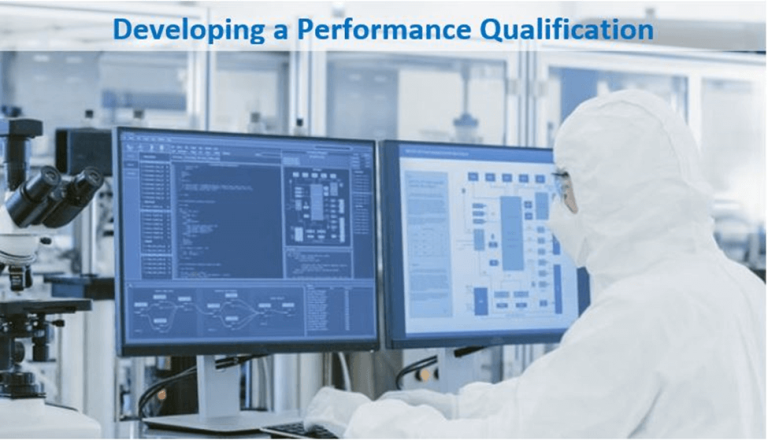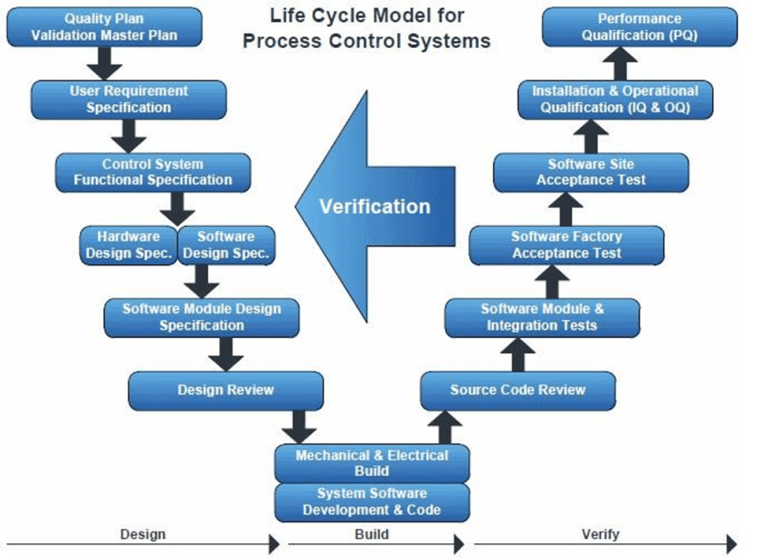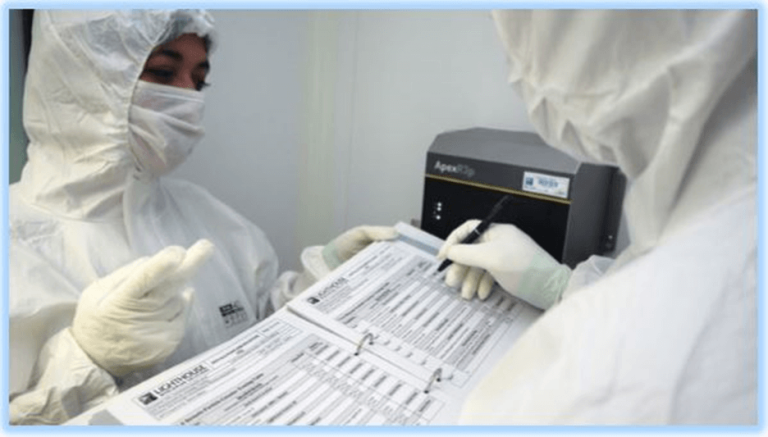What does your dream home look like? Maybe it’s a beautiful home way up in the mountains, where the air is fresh and the land is quiet. You sit on your porch, enjoying a hot coffee as the weather turns brisk… And the first snowflake of the year falls. How exciting! This is your first winter up on the hill, and you had just bought the perfect truck to get through the winter weather.
The next morning, you wake up to a beautiful blanket of thick, fluffy snow. You smile knowingly, because you are sure you won’t be late for work. But when you go out to start your truck… It won’t start. You fiddle with it for a few minutes before you realize the battery has built up so much corrosion that the freezing weather killed it. Luckily, you are a handy person who can replace a battery. Soon, the truck is purring and ready to go. But as you move to drive down the road, it won’t shift into 4 wheel drive.
You slam the wheel, frustrated beyond belief. You had spent good money on this truck and invested hours researching it! You went to the dealership and told them exactly what you needed and they had just sold you this truck, promising it would get you down the hill in the winter. But here you are… stuck.
When you make large investments, it is important you do your own research, yes, but it is also important to work with people you trust who conduct the necessary tests to ensure the product will meet your needs.
In the cleanroom world, we see this a lot with Environmental Management Systems (EMS). Vendors will cut corners on testing and customers can only test for so much. That is why a solid URS, PQ, and OQ that work together and independently are critically important. But what exactly does that mean?
Let’s get into it!
What Is A PQ?
A PQ is a Performance Qualification for an EMS. Essentially, this is a test that is conducted by the user or the vendor of the EMS before the system becomes operational. This is often confused with an Operational Qualification (OQ), which we’ll address in a moment, but it should be different.

The PQ should force the EMS into errors to test the alarms and limits. This will help you determine if the system outputs will efficiently notify you of any errors!
This is also an opportunity to test your Standard Operational Procedures (SOPs). These should also be tested against the error to validate effectiveness.
Most cleanrooms will need to (or should) follow the GAMP5 requirements, which includes how to properly implement a Real Time Environmental Monitoring System (RTEMS). One of the first parts of this is implementing a User Requirement Specification (URS) and, based on that, conducting a PQ.

What Is An OQ?
The Operational Qualification (OQ) is a test conducted by the EMS vendor. The OQ is designed to test all the operational critical attributes of the system. This can be traced back to the system’s User Requirement Specification (URS), but there are also standard OQs.
What Is A URS?
A URS is a User Requirement Specification. This is developed by the end user of the system based on their exact needs. This should take into account regulations and requirements for the cleanroom, as well as the company’s individual needs, including the design of the environment. This should be approached from a scientific and risk based perspective.
A thorough URS is the foundation for both a successful PQ and OQ – although the PQ should not simply repeat the OQ.
PQ vs OQ
There are both similarities and differences between OQs and PQs. While both are testing measures to determine the accuracy of the system, the OQ is a baseline and the PQ is a refinement.
Here at Lighthouse, we believe the vendor should conduct both the OQ and the PQ for an EMS. The OQ is conducted after installation according to both our baseline measurements and the URS. After completion of the OQ and prior to the system going “live”, we work with our clients to conduct a refined PQ with your SOPs and the system in place.
The OQ is an excellent place for us to verify the system is ready for you, but the PQ is an opportunity to more extensively test the system and educate the client simultaneously. At the end of the PQ, our goal is for the client to not only be confident in the system but also in their understanding of the system.

How Do PQs, OQs, and URS’ Work Together?
A comprehensive URS is the foundation for PQs and OQs. Not only does it set the boundaries for the tests, but it also verifies your understanding of what your cleanroom needs. Because after the operational and performance tests comes the cleanroom’s first validation.
This validation will be the culmination of work that everyone put into the URS, PQ, and OQ. It will certify your cleanroom for certain tasks and productions, while telling the world you have achieved certain levels of cleanliness!
Validating a cleanroom can be an extensive task, but Lighthouse is your partner in all things cleanroom, environmental monitoring, and particle counting. We are the world’s clean air experts and we support our clients in every way possible.
Which is why we offer cleanroom monitoring system validation! If you want to learn more about this option, contact us today.


